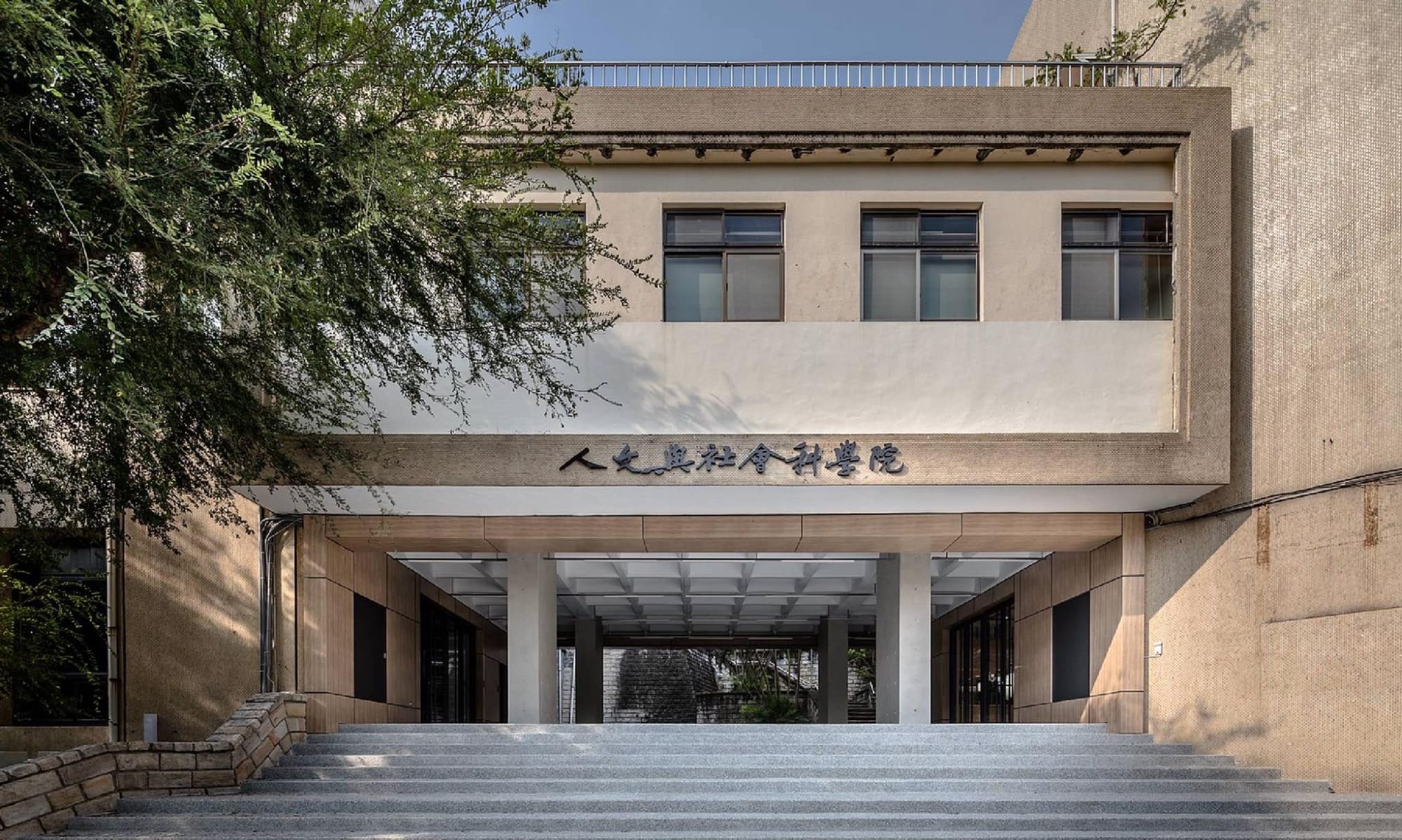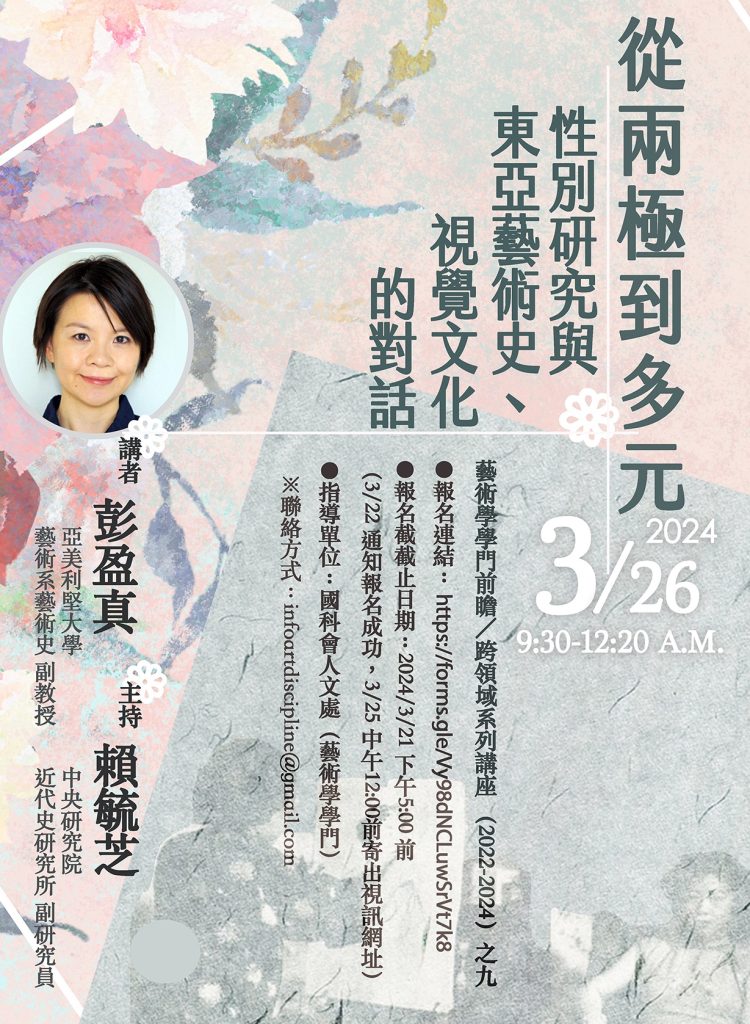
【112學年度心哲所春季心智系列講座】
Our third 2024 Spring Research Seminar talk is on March 22 (Fri) 15:30-17:20. Information about this talk:
Speaker: Dr. Hsuan-Chih Lin (https://web-en.scu.edu.tw/philos/teacher_resume/954)
Time & Place: March 22 (Fri) 15:30-17:20, ZhiXing Building Room 321, Yang Ming campus in Taipei City,
National Yang Ming Chiao Tung University
Format: In English
Title: Properties and Qualitative Parts
Abstract:
It is relatively common to say that objects have parts, although the kinds of parts involved may vary. To begin with, it seems natural to say that the desk in the office has distinct spatial parts, and a perdurantist is comfortable saying that John-at-t is a temporal part of John. Are there other kinds of parts? I argue that objects have qualitative parts, as tropes. More specifically, given that Socrates is a philosopher, it would not be too far-fetched to say that being a philosopher is a qualitative part of Socrates. The account of properties developed in this paper belongs to mereological nominalism, the view that properties are fusions of some nominalist-friendly entities, and that instantiation is explained in terms of parthood. However, mereological nominalism suffers from several serious problems, such as the Co-Extension problem and the Inheritance problem. This is why it has remained underdeveloped for quite some time. In this paper, I shall develop an account of qualitative parts as tropes and demonstrate that it not only solves these problems but also provides a fruitful understanding of the mereological structure of properties.





